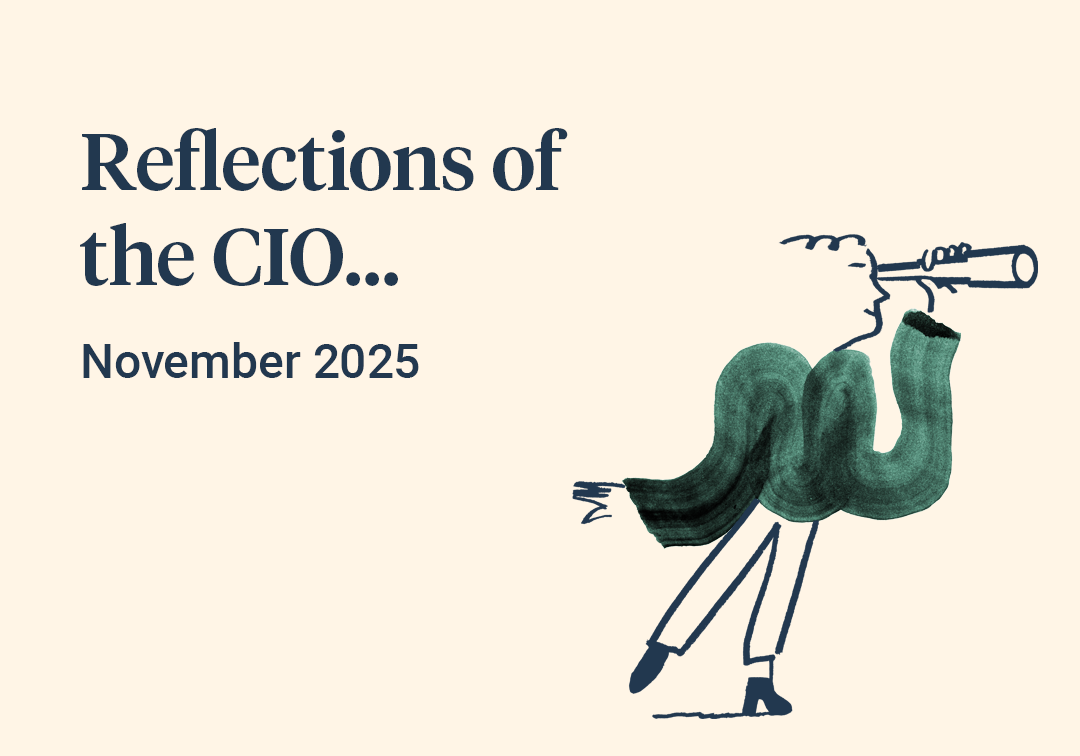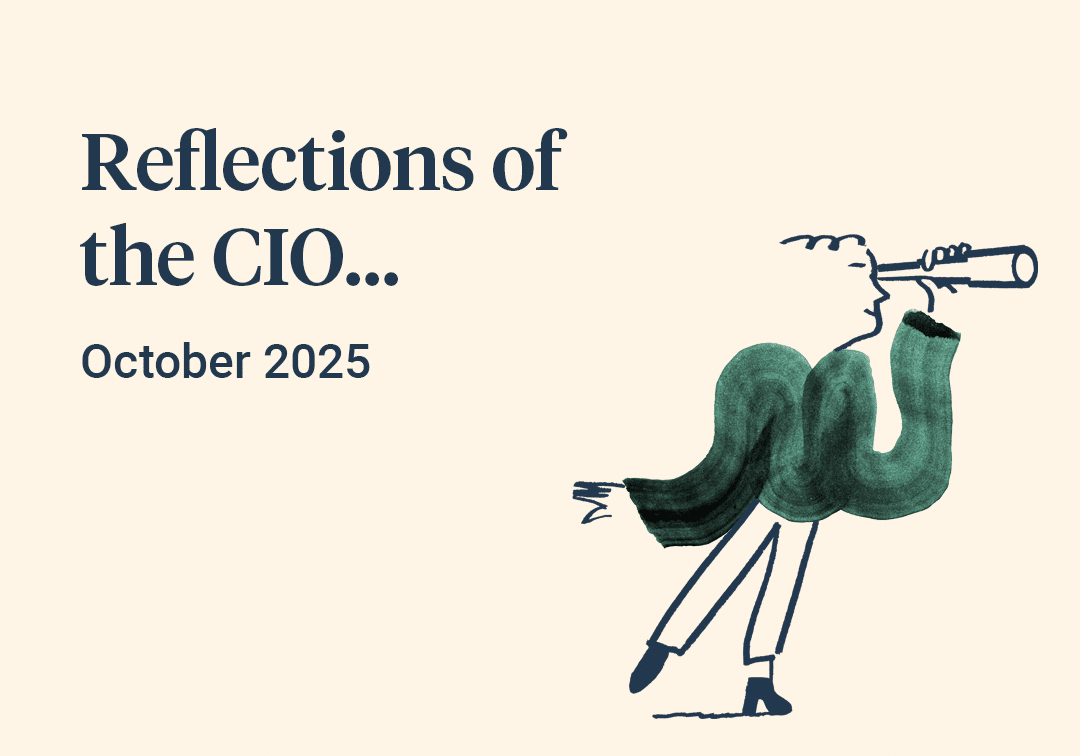November started well enough before a combination of inflationary worries and the emergence of a new Covid variant prompted a sharp reversal in sentiment in the final few days of the month. Nearly all risk assets made losses, with government bonds and the US dollar providing the only clear bright spots in a turbulent four week period. Price movements across asset classes were abrupt, reflecting the thin trading conditions around the US Thanksgiving holiday, and also making it difficult to judge just what the markets underlying view really is about the new risks these events might have brought with them.
The initial weeks of November were solid enough with good economic momentum helping to underpin risk appetite before ongoing inflationary pressures again began to exert their influence on market sentiment. Last month, this pressure had forced a sharp selloff in shorter-dated bonds around the world, and this month the same issue prompted the newly reappointed Chair of the Federal Reserve to signal a faster pace to reducing his support for the US bond market. A few days later, this marginal hawkish shift in tone was followed up with the retirement of the word ‘’transitory’’ from the Fed’s vocabulary when describing current inflation pressure, as it was ‘’no longer helpful’’ in helping investors work out what they were actually trying to say. Investors had duly begun to adjust their expectations for higher interest rates in 2022 throughout November until the Omicron news began to hit the headlines and force a rethink.
“Most of the movements happened very late in the month, meaning that the overall impact on returns was lessened by the positive period at the beginning of November”
As the realization dawned that this new Covid variant could potentially be both more transmissible and more virulent, the prospect of a potential shock to economic growth from lockdowns sparked a quick and vicious sell off in risk assets. Oil fell dramatically (-20%) as did industrial metals and equity markets. The dollar rallied and so did government bonds, reversing the falls that the prospect of faster interest rate rises had forced upon them only a few days earlier. Most of the movements happened very late in the month, meaning that the overall impact on returns was lessened by the positive period at the beginning of November, but it’s fair to say that volatility has now picked up sharply, presaging a noisy end to the year.
“Ultimately, the drug companies seem confident that vaccines can be tweaked if needed.”
At the time of writing, we along with everyone else are still awaiting definitive data on what exactly the infectiousness and virulence of Omicron will be. Initial guesses imply that it may not be as impactful as first feared, helping to spark a bounce in sentiment in early December. It may also hold off some of the pressure that has been building on central banks to tighten policy. Ultimately, the drug companies seem confident that vaccines can be tweaked if needed. There is also the longer term prospect that if this variant turns out to be more infectious but less deadly, then it hastens the journey to the ‘end game’ of Covid becoming an endemic situation that we learn to live with. We will find out if this reasonably sanguine view turns out to be the case soon enough.



